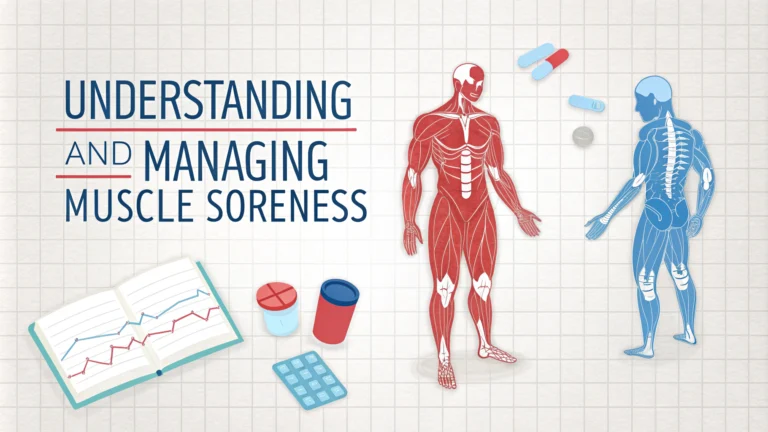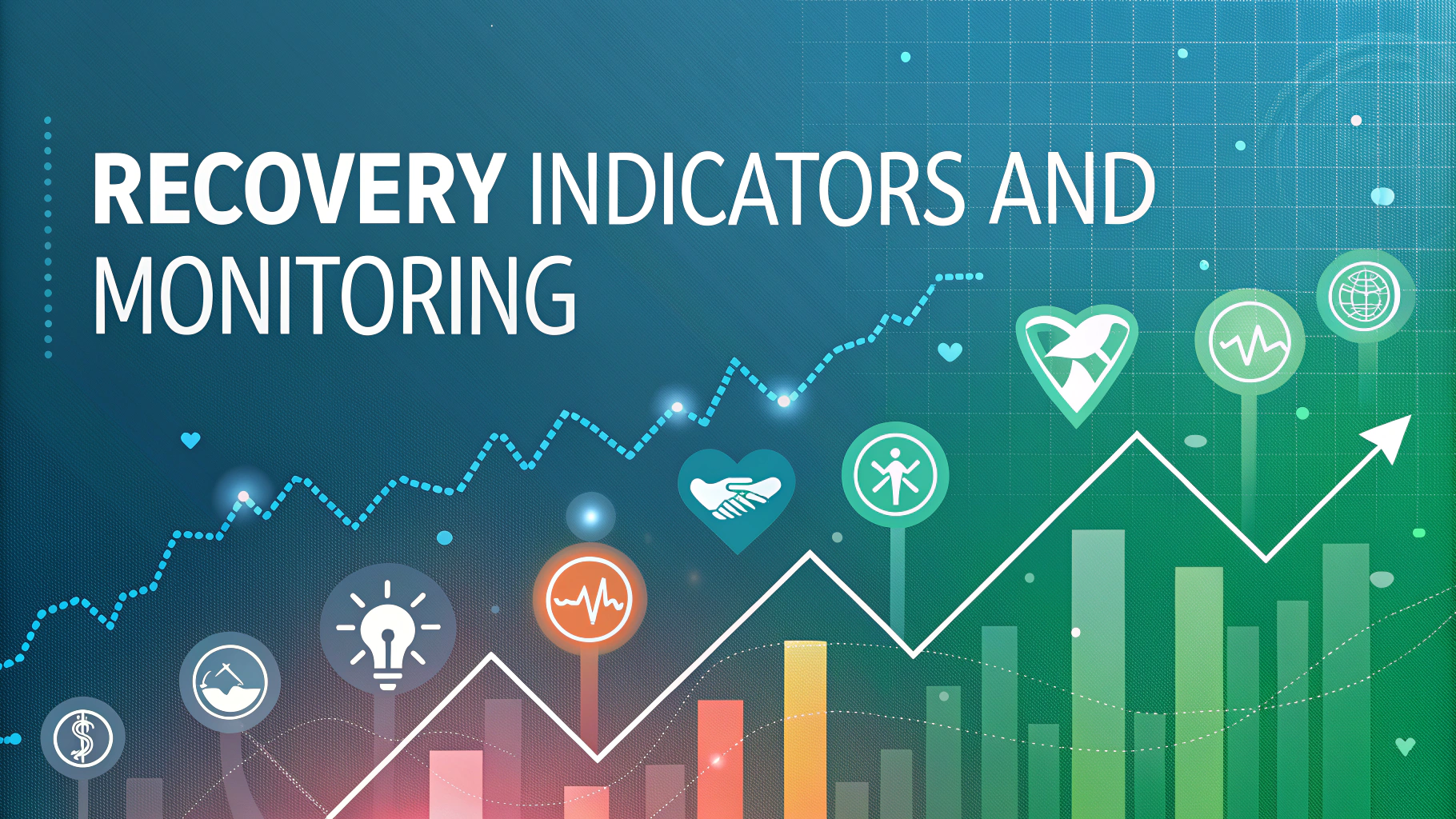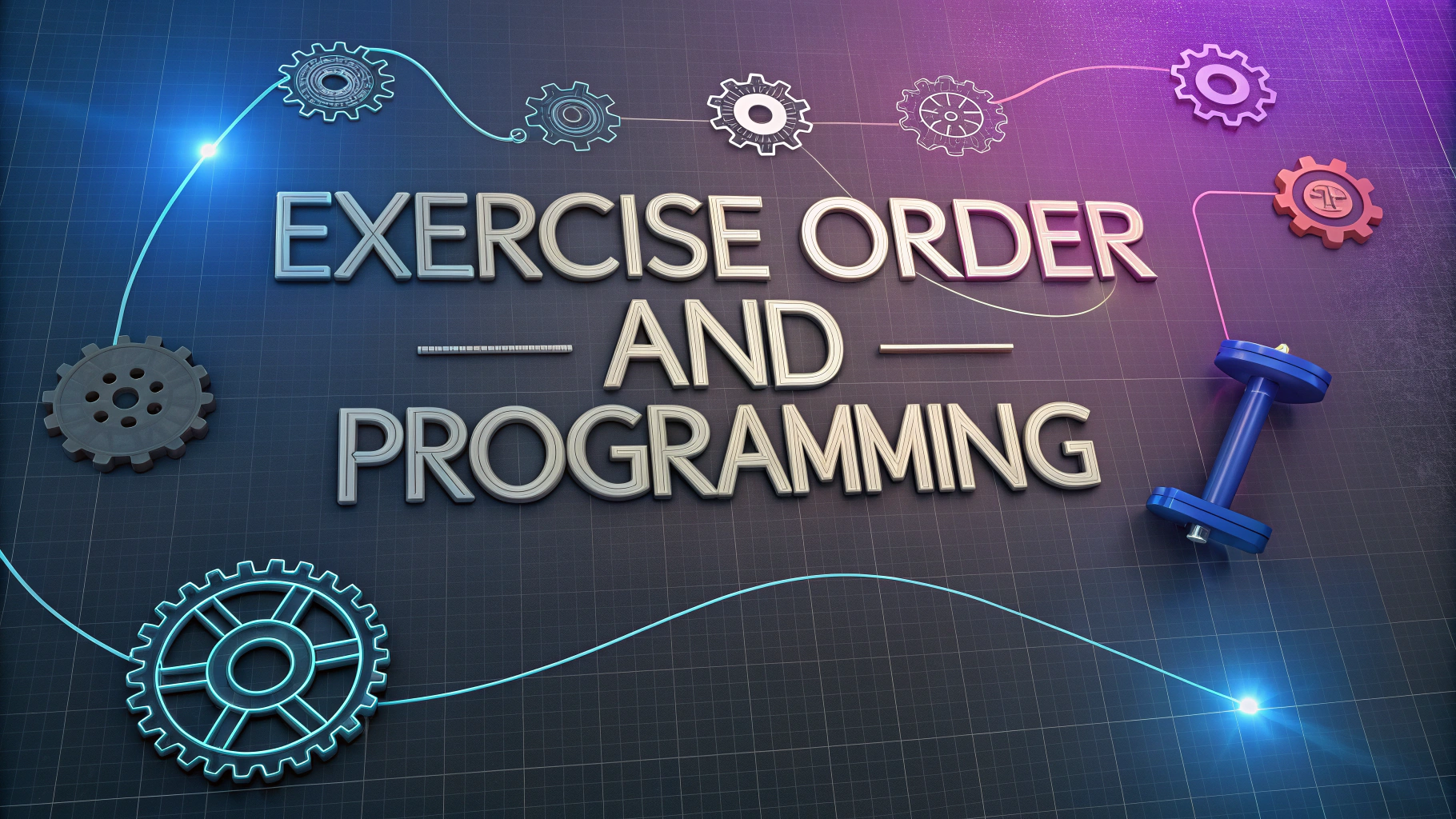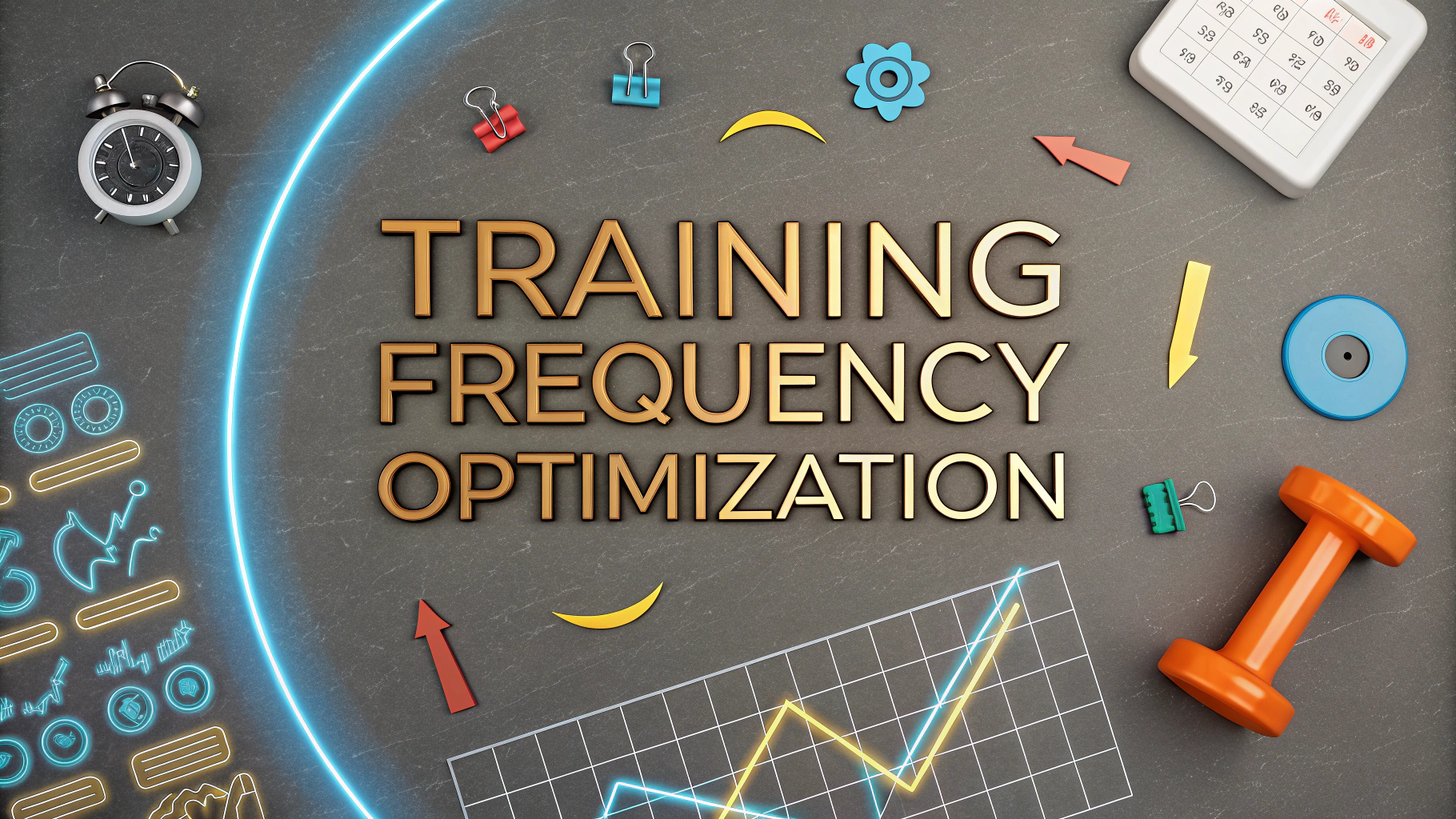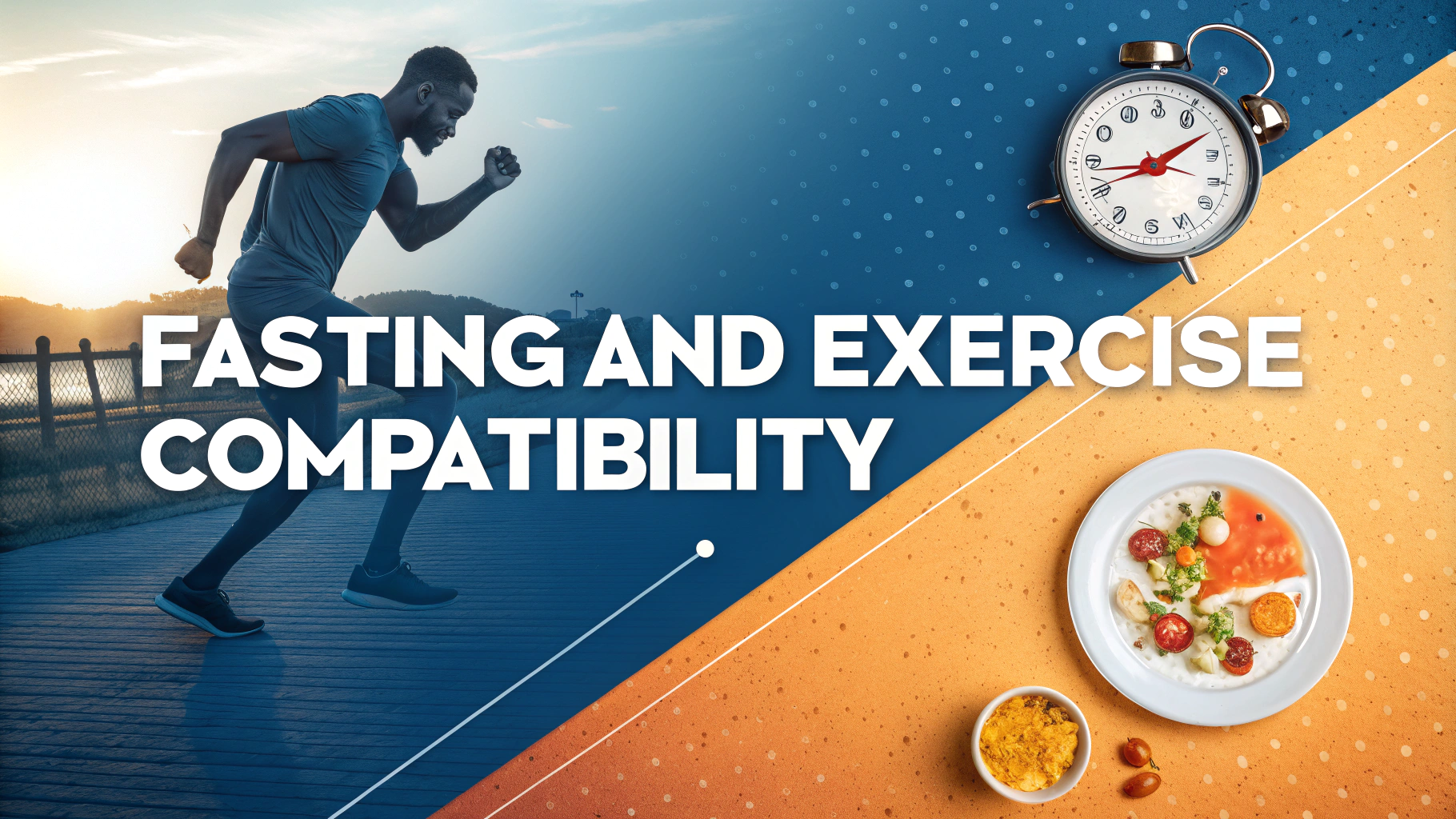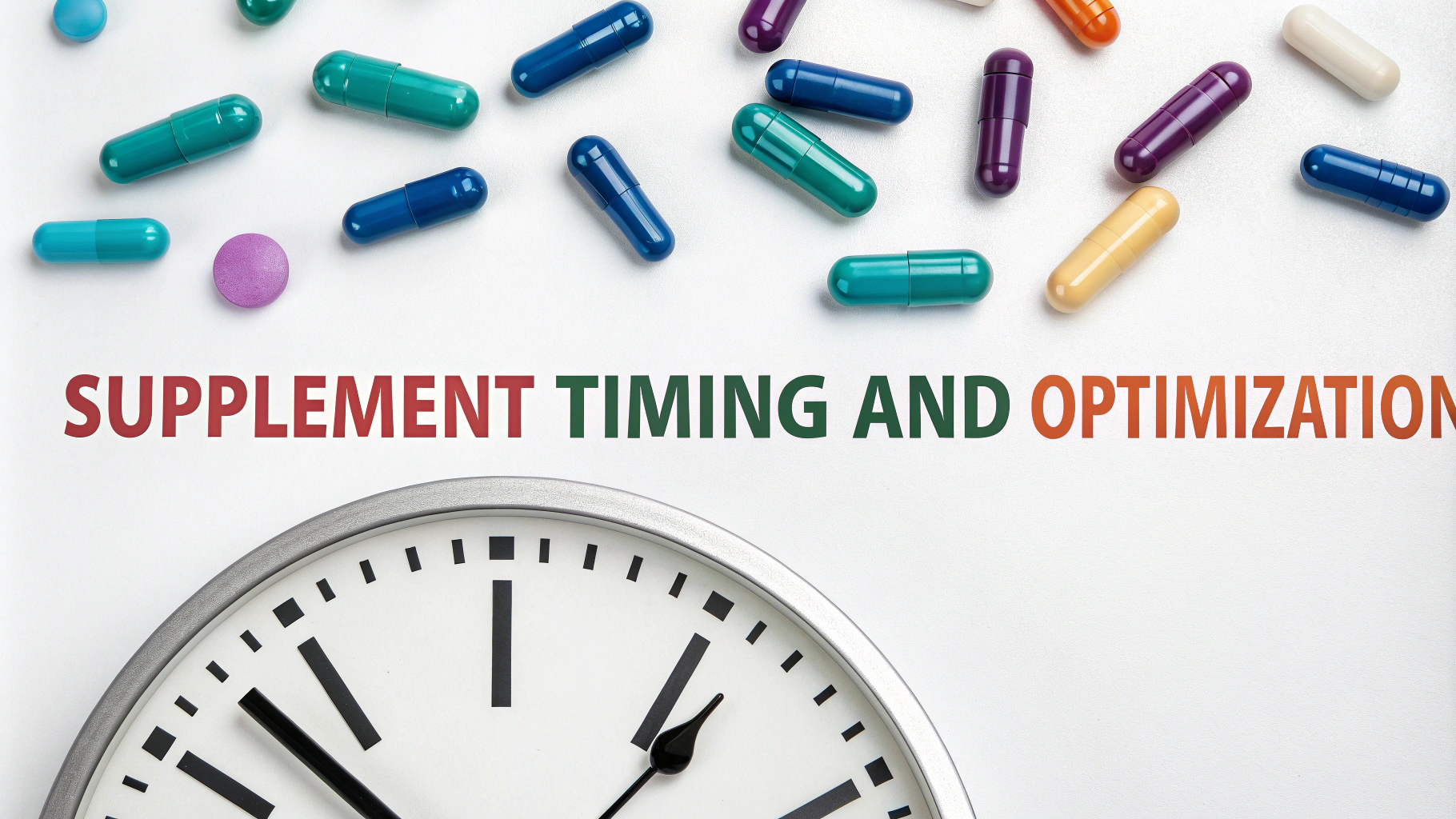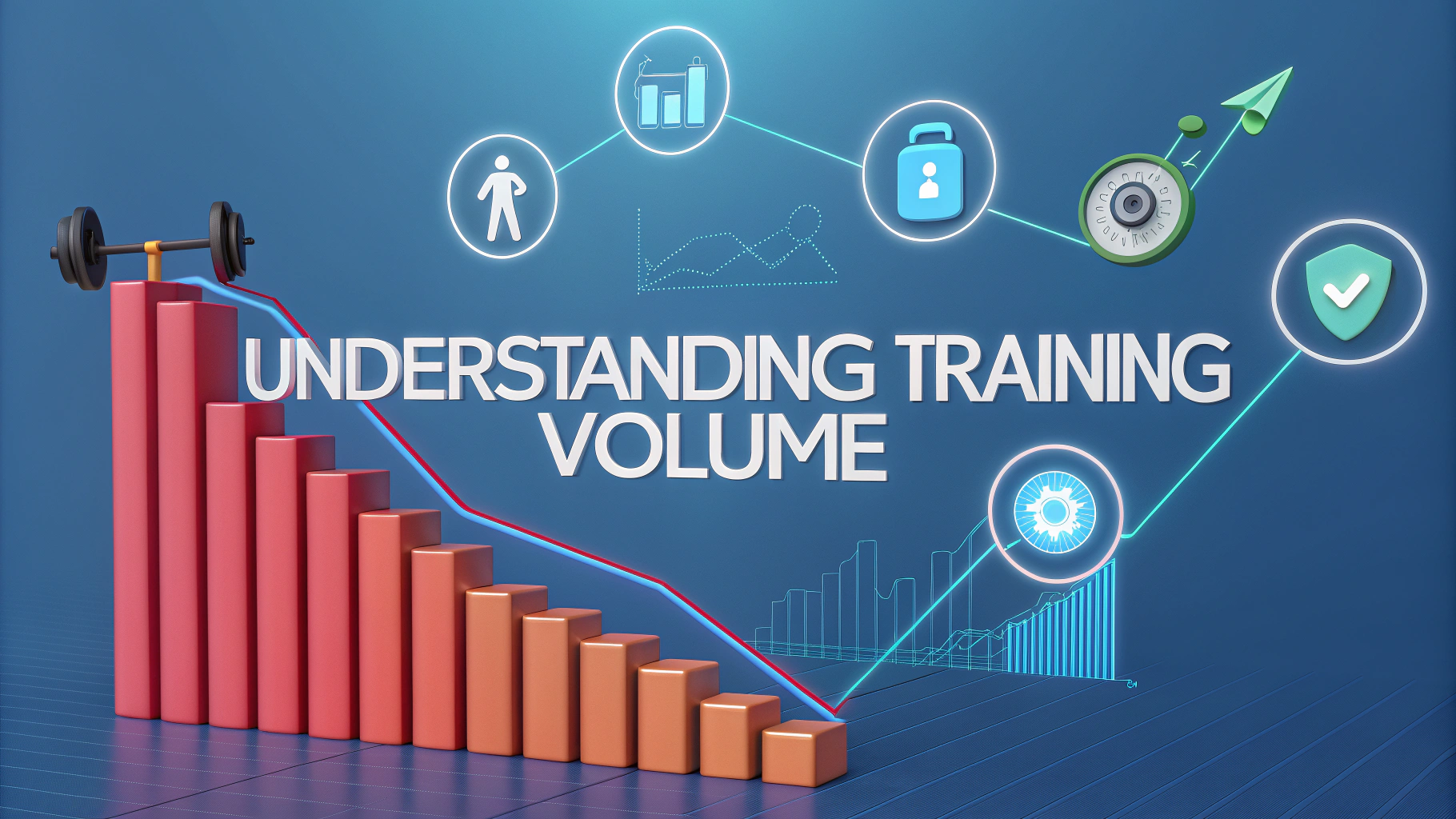Muscle soreness after exercise is something every fitness enthusiast experiences, but understanding why it happens and how to manage it can help you stay consistent with your workouts.
What Causes Muscle Soreness?
The main type of muscle soreness experienced after workouts is called Delayed Onset Muscle Soreness (DOMS), which typically peaks 24-48 hours after exercise.
Small tears in muscle fibers during intense exercise or new movements lead to inflammation, which causes the familiar ache and stiffness.
Managing Muscle Soreness
- Apply ice packs for 15-20 minutes several times daily during the first 24 hours
- Take warm baths or use heating pads after the first 24 hours
- Perform light stretching or gentle movement
- Get adequate sleep (7-9 hours) to support muscle recovery
- Stay hydrated by drinking water throughout the day
Nutrition for Recovery
Proper nutrition plays a key role in muscle recovery and soreness prevention.
| Nutrient | Function | Food Sources |
|---|---|---|
| Protein | Muscle repair | Chicken, fish, eggs, legumes |
| Potassium | Muscle function | Bananas, sweet potatoes, yogurt |
| Magnesium | Muscle relaxation | Nuts, seeds, leafy greens |
Prevention Strategies
- Start workouts with proper warm-ups
- Gradually increase exercise intensity
- Use correct form during exercises
- Include rest days between intense workouts
- Stay within your current fitness level
When to Seek Help
Contact a healthcare provider if muscle soreness:
- Lasts longer than 7 days
- Causes severe pain or swelling
- Includes dark-colored urine
- Accompanies fever or extreme weakness
For professional guidance on exercise recovery, consult a certified personal trainer through organizations like the American Council on Exercise (ACE) at www.acefitness.org.
Recovery Tools
- Foam rollers: $15-30 at sporting goods stores
- Massage balls: $8-20 for targeted relief
- Compression garments: $30-60 for improved circulation
- Recovery supplements: Branch Chain Amino Acids (BCAAs) can help reduce soreness
Remember that some muscle soreness is normal and even beneficial as it indicates muscle adaptation, but proper management helps maintain consistent training progress.
Advanced Recovery Techniques
Beyond basic recovery methods, several advanced techniques can help minimize muscle soreness and enhance recovery:
- Active Recovery: Low-intensity exercise on rest days
- Contrast Water Therapy: Alternating hot and cold water immersion
- Professional Sports Massage: Targeted treatment for specific muscle groups
- Percussion Therapy Devices: Deep tissue massage using mechanical tools
Recovery Timeline
24 Hours Post-Exercise
- Focus on hydration and protein intake
- Use ice therapy for acute soreness
- Perform light stretching
48-72 Hours Post-Exercise
- Transition to heat therapy
- Incorporate gentle movement
- Resume normal training if soreness subsides
Common Myths About Muscle Soreness
Several misconceptions exist regarding muscle soreness and recovery:
- Soreness indicates workout effectiveness (Not necessarily true)
- More pain equals more gain (False and potentially harmful)
- Complete rest is best for recovery (Light movement often helps)
- Pain relievers speed up recovery (May actually impair muscle adaptation)
Conclusion
Managing muscle soreness effectively requires a multi-faceted approach combining proper nutrition, adequate rest, and appropriate recovery techniques. While some degree of muscle soreness is normal, implementing these strategies can help minimize discomfort and optimize training results. Listen to your body and adjust recovery methods based on individual needs and response to exercise.
FAQs
- What exactly causes muscle soreness after exercise?
Muscle soreness is primarily caused by microscopic tears in muscle fibers during exercise, especially during eccentric movements or new activities. This condition is known as Delayed Onset Muscle Soreness (DOMS) and typically peaks 24-48 hours after exercise. - How long does typical muscle soreness last?
Typical muscle soreness lasts between 24-72 hours, though in some cases it can persist up to 5 days. The duration depends on exercise intensity, individual fitness level, and recovery practices. - Should I exercise when my muscles are sore?
Light exercise is generally safe and can actually help reduce soreness through increased blood flow. However, intense training of the same muscle groups while very sore can increase injury risk and should be avoided. - What’s the difference between good soreness and injury pain?
Good soreness is typically symmetrical, dull, and achy, improving with movement. Injury pain is usually sharp, localized, may involve swelling, and worsens with specific movements. If pain is severe or persists beyond 5 days, consult a healthcare provider. - Which foods help reduce muscle soreness?
Anti-inflammatory foods like tart cherries, pineapple, salmon, and leafy greens can help reduce soreness. Protein-rich foods aid muscle recovery, while adequate hydration is essential for reducing inflammation. - Is it effective to take painkillers for muscle soreness?
While NSAIDs can reduce pain and inflammation, regular use may interfere with muscle adaptation and growth. It’s better to use natural recovery methods unless soreness is severe. - Does stretching prevent or reduce muscle soreness?
Light dynamic stretching before exercise and static stretching after can help, but research shows it won’t completely prevent DOMS. Regular stretching improves flexibility and may reduce future soreness intensity. - How effective is massage for muscle soreness?
Massage can significantly reduce muscle soreness by increasing blood flow and reducing inflammation. Both professional massage and self-massage tools like foam rollers have shown beneficial effects. - Does ice or heat work better for sore muscles?
Ice is better immediately after exercise to reduce inflammation, while heat is more effective 24-48 hours later to increase blood flow and promote healing. Alternating between both can also be beneficial. - How can I prevent excessive muscle soreness?
Gradually increase exercise intensity, properly warm up, stay hydrated, maintain good nutrition, get adequate sleep, and implement proper recovery techniques like light stretching and cool-down exercises.
